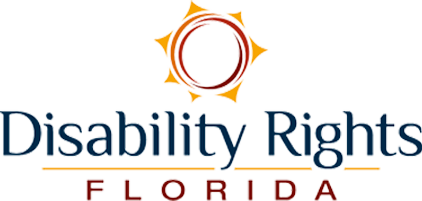Your Input Matters
Disability Rights Florida sincerely appreciates all feedback and other input received from respondents who participated in this survey and looks forward to the opportunity to continue to refine its service delivery and other agency operations next summer in advance of the 2024-2025 Fiscal Year. This input is combined with other analyses to help our organization structure the goals, priorities, and objectives that Disability Rights Florida performs its individual and systemic advocacy under in an upcoming Fiscal Year. Each year, these surveying and policy-setting efforts help to ensure that Disability Rights Florida receives vital public feedback regarding the range of activities and intervention strategies that are prioritized within the framework of the organization’s various federal grants.
